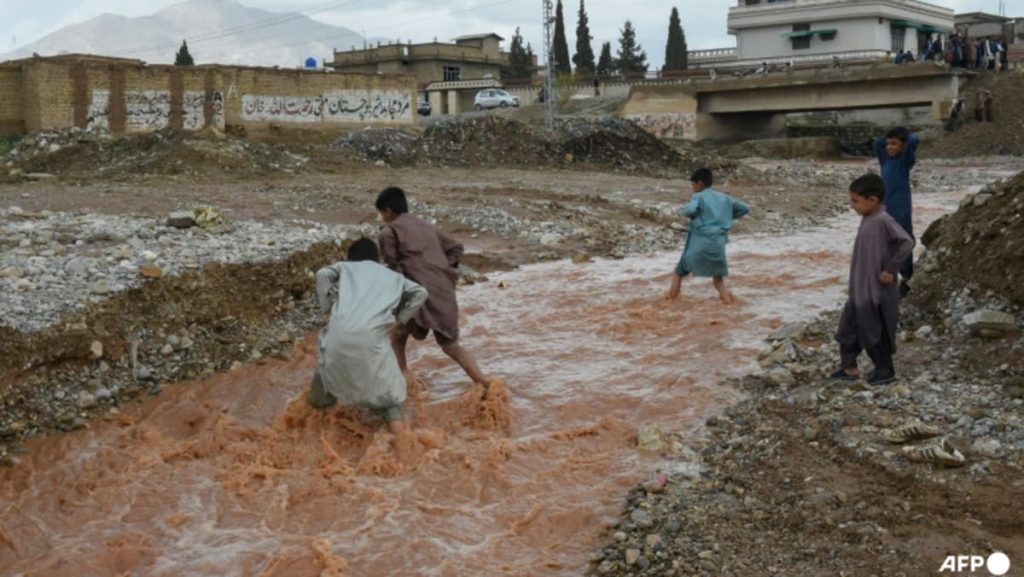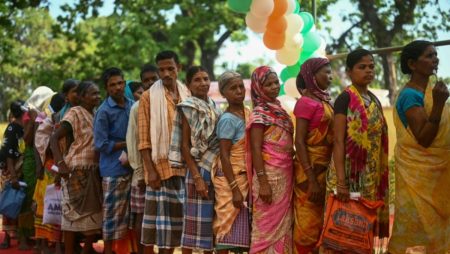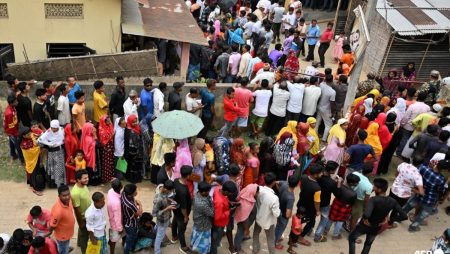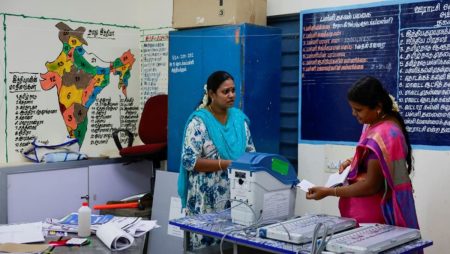Since Friday, Pakistan has experienced a tragic increase in lightning-related deaths, with 28 individuals losing their lives due to these natural disasters. The lightning strikes have occurred in various regions of the country, highlighting the widespread impact of this deadly weather phenomenon. The victims of these incidents come from diverse backgrounds and age groups, underscoring the indiscriminate nature of lightning strikes. This sudden surge in fatalities has raised concerns about the safety measures in place to protect individuals from such dangers and the need for enhanced preparedness to mitigate the risks associated with lightning strikes.
The incidents of lightning-related deaths in Pakistan have drawn attention to the vulnerability of individuals living in areas prone to extreme weather conditions. Despite advancements in weather forecasting technology, such as early warning systems, these tragic events serve as a stark reminder of the unpredictable and destructive nature of natural disasters. The recent cluster of lightning strikes has resulted in a significant loss of life, prompting calls for improved infrastructure and safety protocols to better protect vulnerable communities from the devastating effects of lightning strikes. The need for increased awareness and preparedness measures to prevent future tragedies is now more urgent than ever.
The devastating impact of lightning strikes on communities in Pakistan has highlighted the importance of timely intervention and disaster response efforts to minimize loss of life. The swift and coordinated response of emergency services and disaster management agencies is crucial in providing assistance to those affected by natural disasters such as lightning strikes. The recent spate of fatalities has underscored the need for improved coordination between government agencies, non-governmental organizations, and community stakeholders to enhance emergency response capabilities and ensure a more effective and efficient disaster response mechanism. The lessons learned from these tragic events must be used to strengthen disaster preparedness and response strategies to protect the lives and livelihoods of those at risk.
The loss of 28 lives to lightning strikes in Pakistan serves as a sobering reminder of the unpredictable and deadly nature of extreme weather events. The victims of these incidents represent a diverse cross-section of society, highlighting the indiscriminate impact of lightning strikes on individuals of all ages and backgrounds. Efforts to enhance public awareness about lightning safety and the importance of taking preventive measures during thunderstorms are essential in reducing the risk of future tragedies. The tragic loss of life in these incidents underscores the need for collective action to improve disaster preparedness, response, and mitigation measures to protect vulnerable populations from the devastating effects of lightning strikes.
The recent surge in lightning-related deaths in Pakistan has raised concerns about the adequacy of existing safety protocols and mitigation strategies to protect communities from such natural disasters. The widespread nature of these incidents across different regions of the country underscores the need for a cohesive and comprehensive approach to improving lightning safety measures at the national level. Collaborative efforts between government agencies, disaster management organizations, and community groups are essential in developing and implementing effective lightning safety guidelines and preparedness plans to mitigate the risks associated with lightning strikes. The tragic loss of life in these incidents should serve as a catalyst for renewed efforts to strengthen disaster resilience and enhance the capacity of communities to cope with and respond to natural disasters.
The tragic loss of 28 lives to lightning strikes in Pakistan since Friday serves as a stark reminder of the urgent need to prioritize disaster risk reduction and resilience-building initiatives to protect vulnerable communities from the devastating effects of natural disasters. The recent spate of fatalities has underscored the importance of proactive measures to enhance public safety, emergency response capacity, and disaster preparedness in the face of increasing climate-related risks. Addressing the underlying factors that contribute to the vulnerability of communities to lightning strikes, such as inadequate infrastructure and limited access to early warning systems, is crucial in strengthening resilience and reducing the impact of natural disasters on lives and livelihoods. The tragic events in Pakistan highlight the critical importance of investing in sustainable and inclusive approaches to building resilience and safeguarding the well-being of individuals and communities at risk of extreme weather events.















